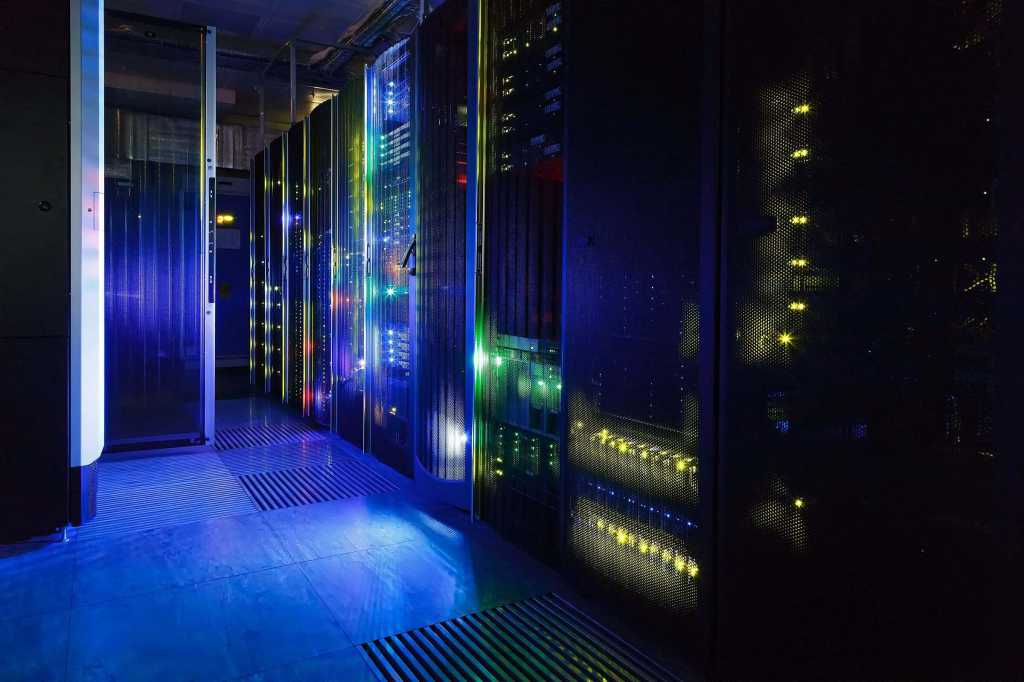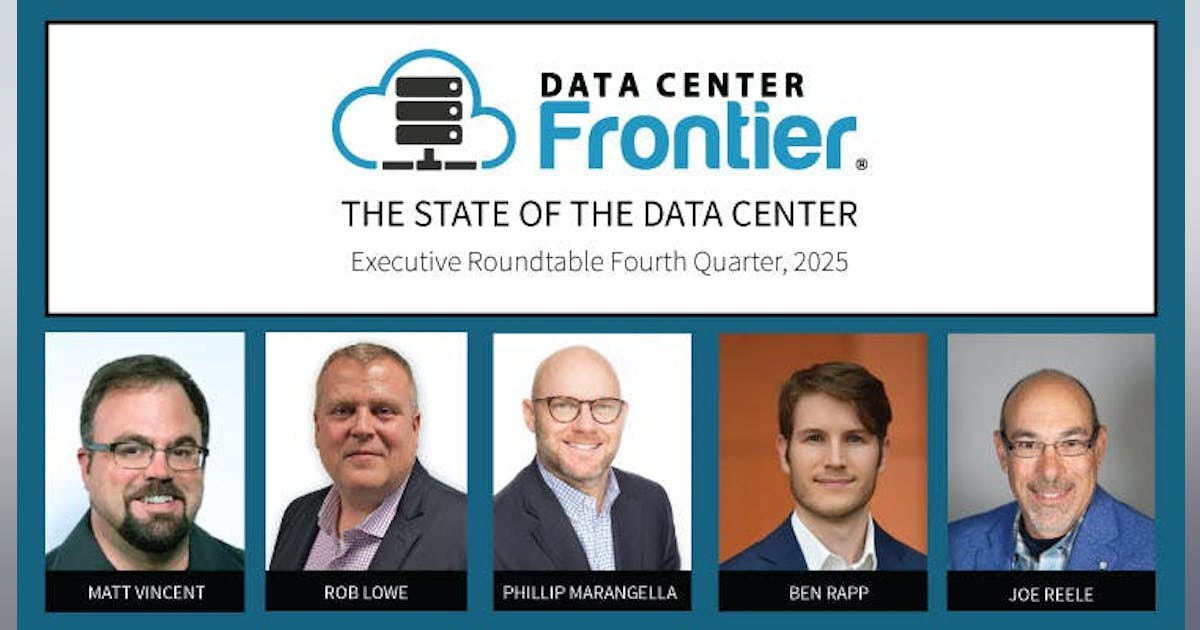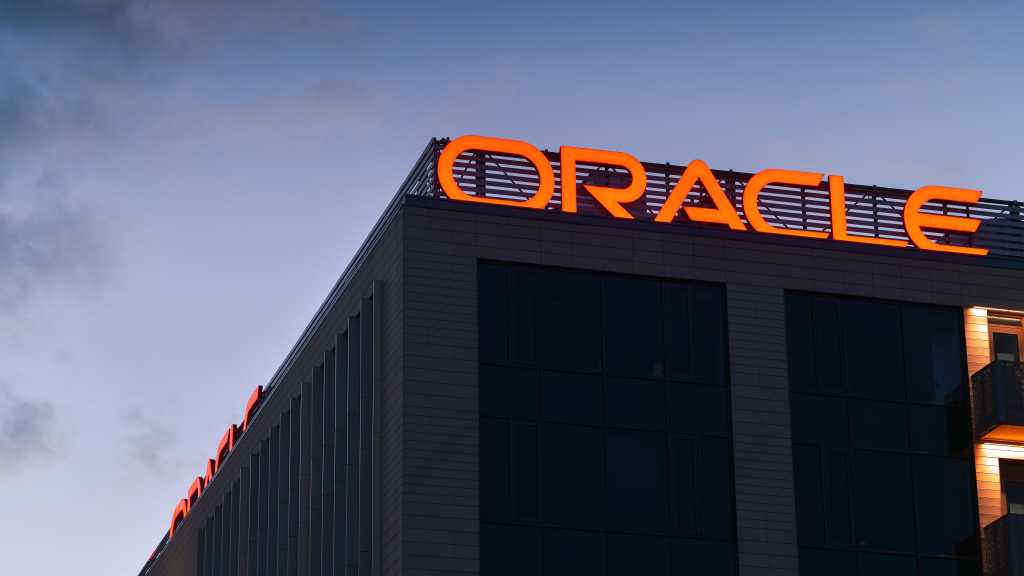
According to the Uptime Institute survey, 57% of data centers are increasing salary spending. Data center job roles that saw the highest increases were in operations management – 49% of data center operators said they saw highest increases in this category – followed by junior and mid-level operations staff at 45%, and senior management and strategy at 35%. Other job categories that saw salary growth were electrical, at 32% and mechanical, at 23%.
Organizations are also paying premiums on top of salaries for particular skills and certifications.
Foote Partners tracks pay premiums for more than 1,300 certified and non-certified skills for IT jobs in general. The company doesn’t segment the data based on whether the jobs themselves are data center jobs, but it does track 60 skills and certifications related to data center management, including skills such as storage area networking, LAN, and AIOps, and 24 data center-related certificates from Cisco, Juniper, VMware and other organizations.
“Five of the eight data center-related skills recording market value gains in cash pay premiums in the last twelve months are all AI-related skills,” says David Foote, chief analyst at Foote Partners. “In fact, they are all among the highest-paying skills for all 723 non-certified skills we report.”
These skills bring in 16% to 22% of base salary, he says.
AIOps, for example, saw an 11% increase in market value over the past year, now bringing in a premium of 20% over base salary, according to Foote data. MLOps now brings in a 22% premium. “Again, these AI skills have many uses of which the data center is only one,” Foote adds.
The percentage increase in the specific subset of these skills in data centers jobs may vary.
The Uptime Institute survey suggests that the higher pay is motivating workers to stay in the industry – only one in 10 operators report staff leaving the industry for non-data-center work in 2024’s survey, down from 17% in 2022.
It’s not all good news, however, because the skills shortage also increases poaching – which drives salaries even higher. According to the survey, 22% of data centers report losing staff to their competitors. The highest reported turnover was in junior and mid-level operations staff, cited by 57% of respondents. The next closest was operations management turnover, at 27%.
The bottom line for job seekers? This is a very good time to look for a job in the data center industry. That’s the advice that Flexential’s Mallory is giving his own kids. “I’ve got kids coming out of college, and I say, ‘Get into the AI data center world. Quickly.’”























